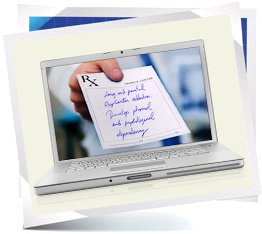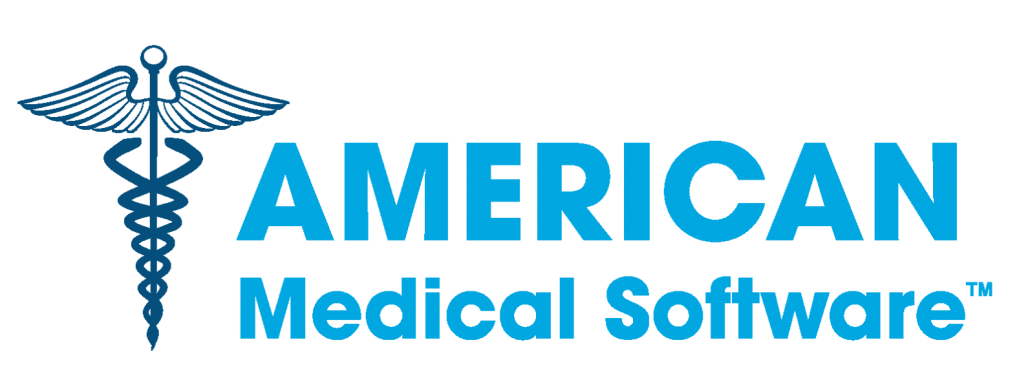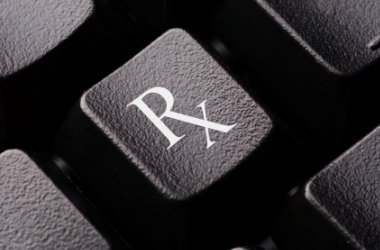E–Scribing Usage On The Rise
Nearly half of all U.S. physicians are using e-prescribing features in an electronic health record using the Surescripts network, according to a new report from the Office of the National Coordinator for Health IT.
A New York Times article last spring portrayed the move to e-prescribing as slow, but this new report finds big gains even among lagging states, with increases reported in all 50 states and the District of Columbia.
The report is based on numbers from the Surescripts network, the e-prescription network that 95 percent of U.S. community pharmacies use to route prescriptions, excluding closed systems.
While just 7 percent of U.S. physicians used e-prescribing as of December 2008, 48 percent were doing so by June 2012. Massachusetts (77 percent), New Hampshire (74 percent), and Iowa (73 percent) had the highest rate of physicians e-prescribing through an EHR. And 23 states had more than half of their physicians using e-prescribing. Nineteen states increased the percentage of physicians e-prescribing through an EHR by 50 percent or more.
At the same time, community pharmacies enabled to accept e-prescriptions increased from 76 percent in December 2008 to 94 percent in June 2012. All states have a rate of at least 88 percent.
The volume of new and renewal prescriptions sent electronically has increased tenfold since 2008, according to a Health IT Buzz summary of the report.
Still, the four states with the highest volume of prescriptions–New York, Texas, Florida, California–are below the national average for new and renewal prescriptions sent electronically.
 The Centers for Medicare & Medicaid Services’ final 2013 payment rules revise the electronic prescribing program for physicians by adding two hardship exemptions to recognize potential conflicts between that program and the Meaningful Use incentive program. Those who achieve Meaningful Use during certain reporting periods, or demonstrate intent to participate in the EHR incentive program and adoption of certified EHRs, may apply for the hardship exemptions for the coming year. The application deadline is Jan. 31.
The Centers for Medicare & Medicaid Services’ final 2013 payment rules revise the electronic prescribing program for physicians by adding two hardship exemptions to recognize potential conflicts between that program and the Meaningful Use incentive program. Those who achieve Meaningful Use during certain reporting periods, or demonstrate intent to participate in the EHR incentive program and adoption of certified EHRs, may apply for the hardship exemptions for the coming year. The application deadline is Jan. 31.
The Medical Group Management Association in September pointed to the e-prescribing conflict as an example of how the Meaningful Use program needs better alignment with other incentive programs.




Leave a Reply
Want to join the discussion?Feel free to contribute!